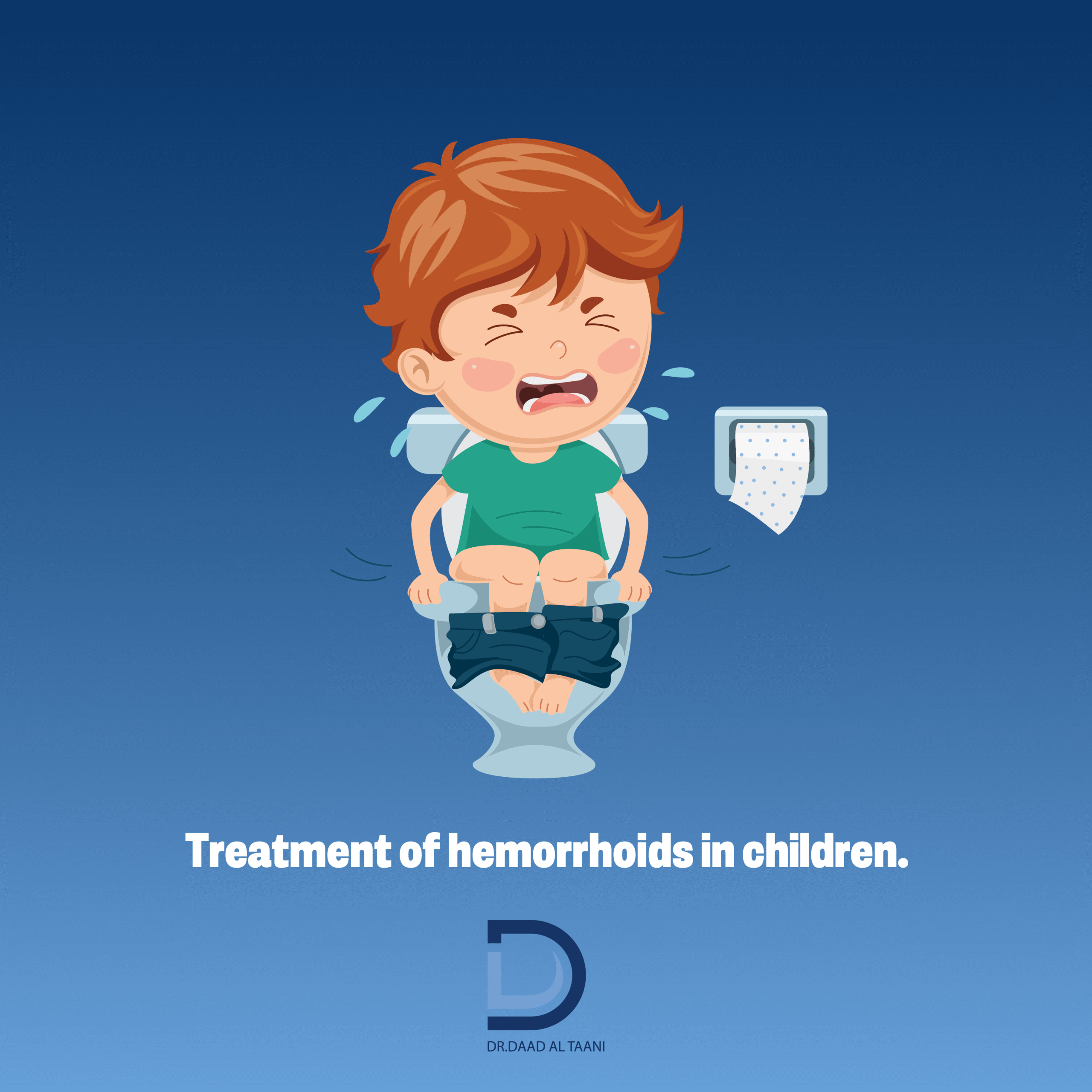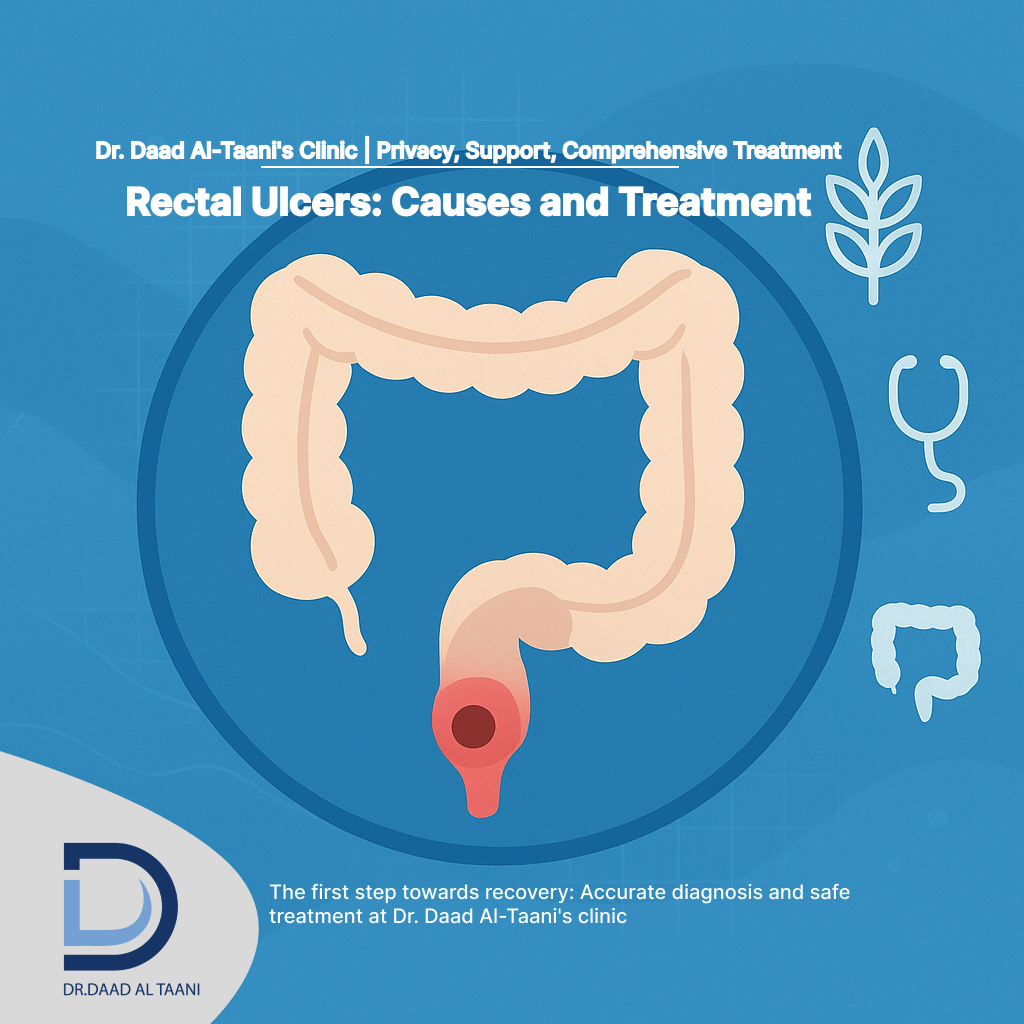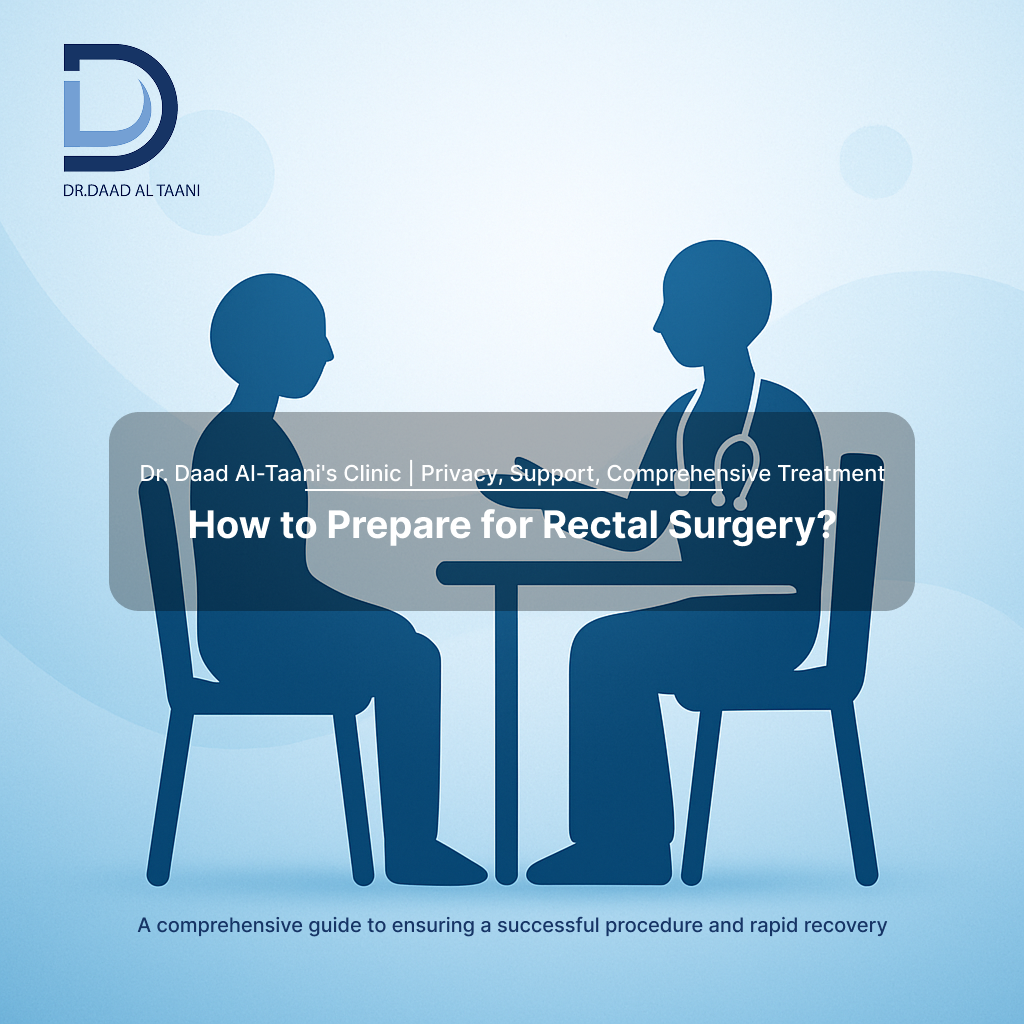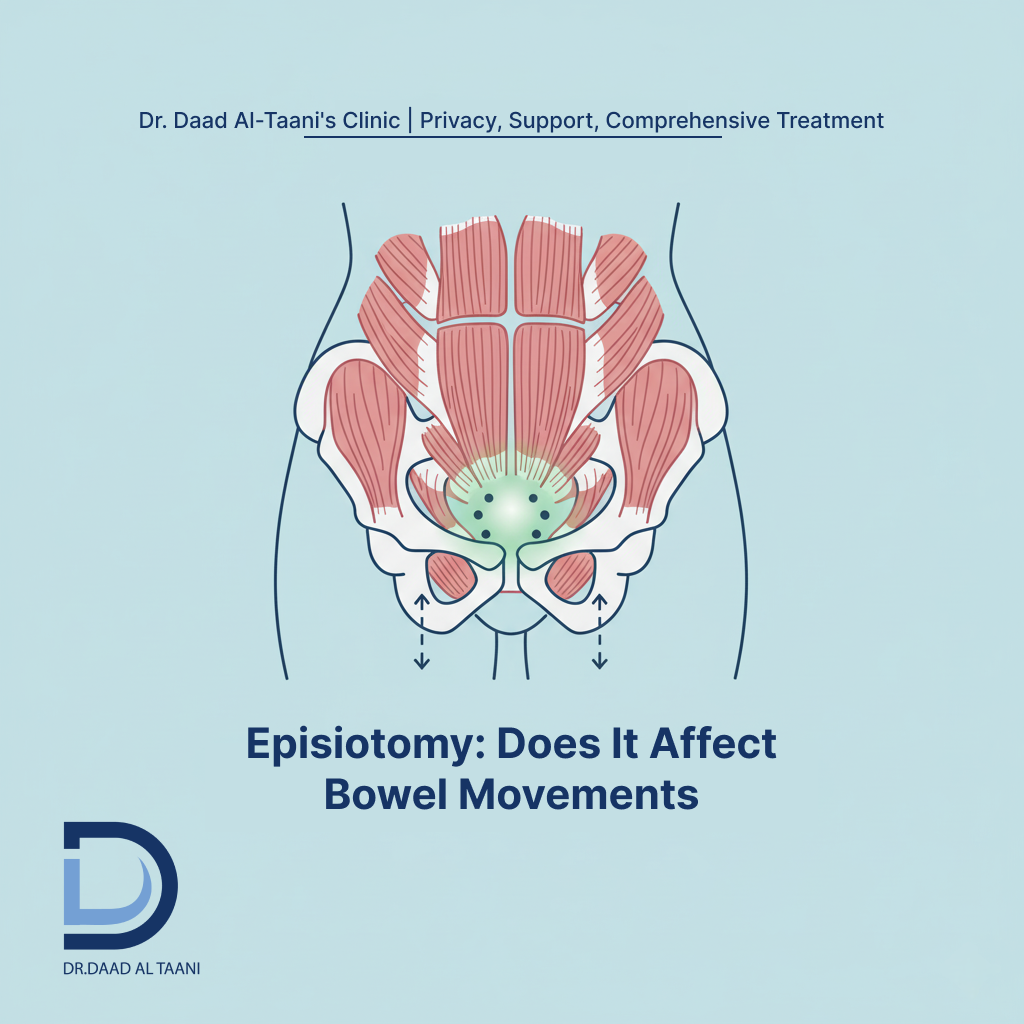Many children suffer from recurrent digestive problems, most notably hemorrhoids, which can be painful and concerning for both the child and parents. Although hemorrhoids are more common in adults, they can also affect children, especially in certain cases related to their lifestyle or chronic health problems.
In this article, we highlight the causes of hemorrhoids in children, how to diagnose them, available treatment options, and important tips to prevent their occurrence in the future.








